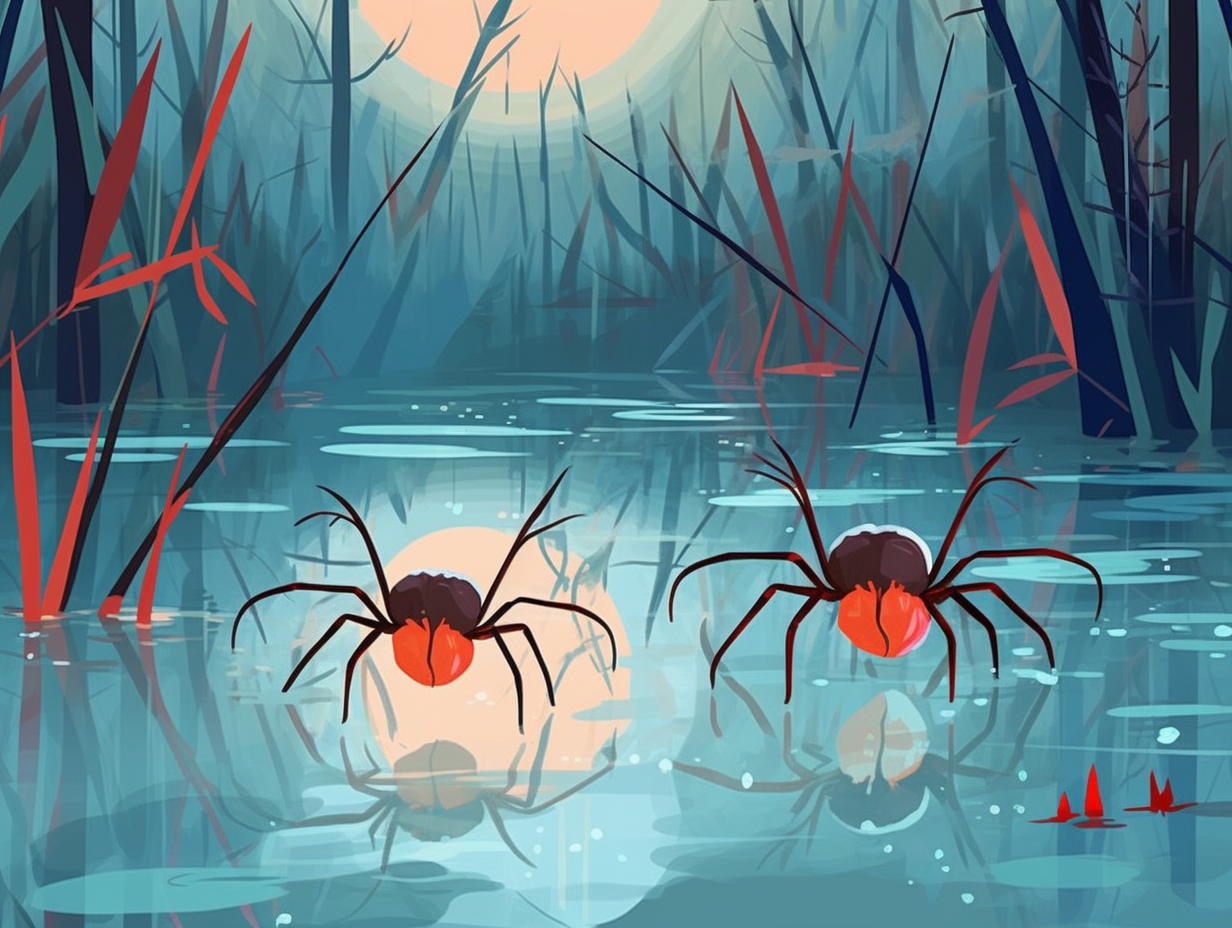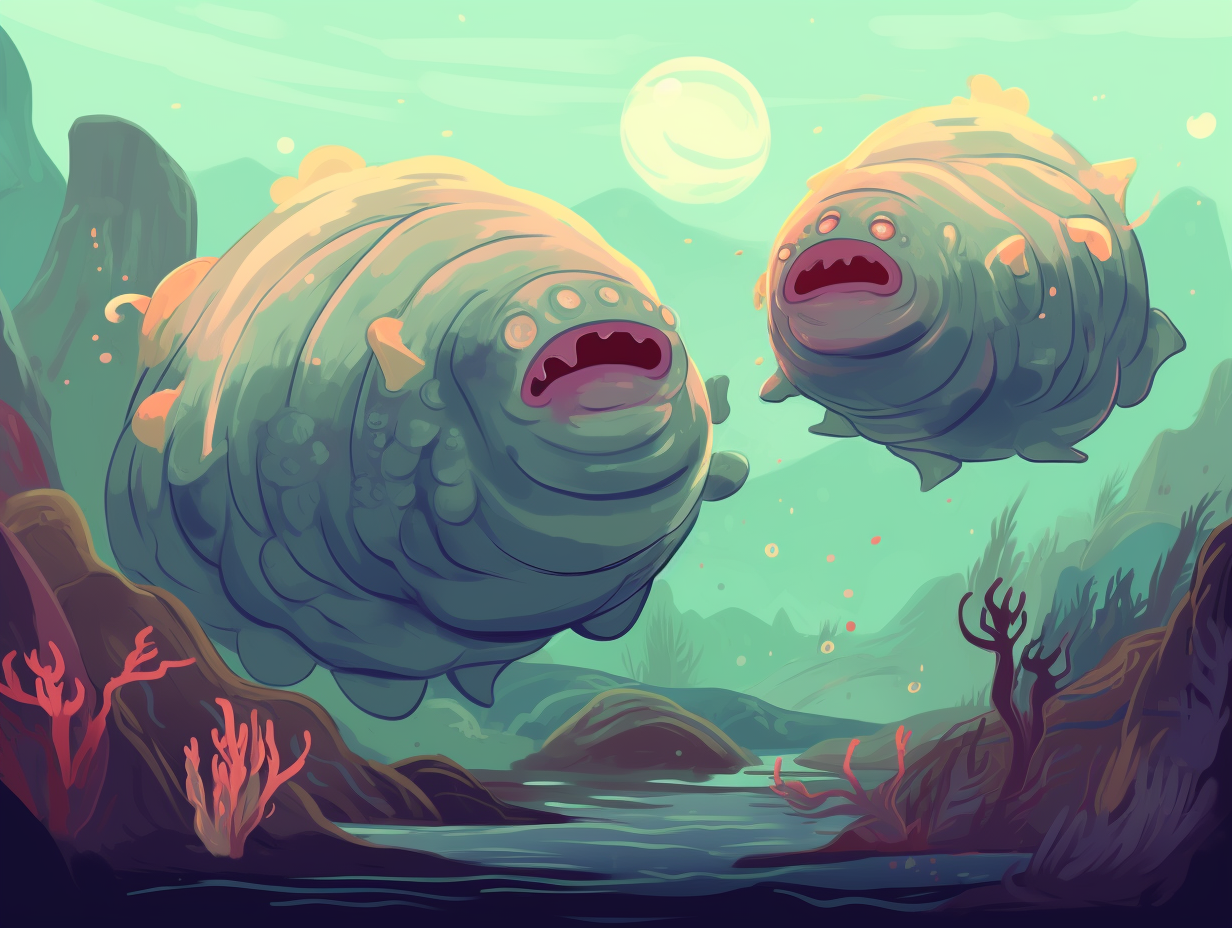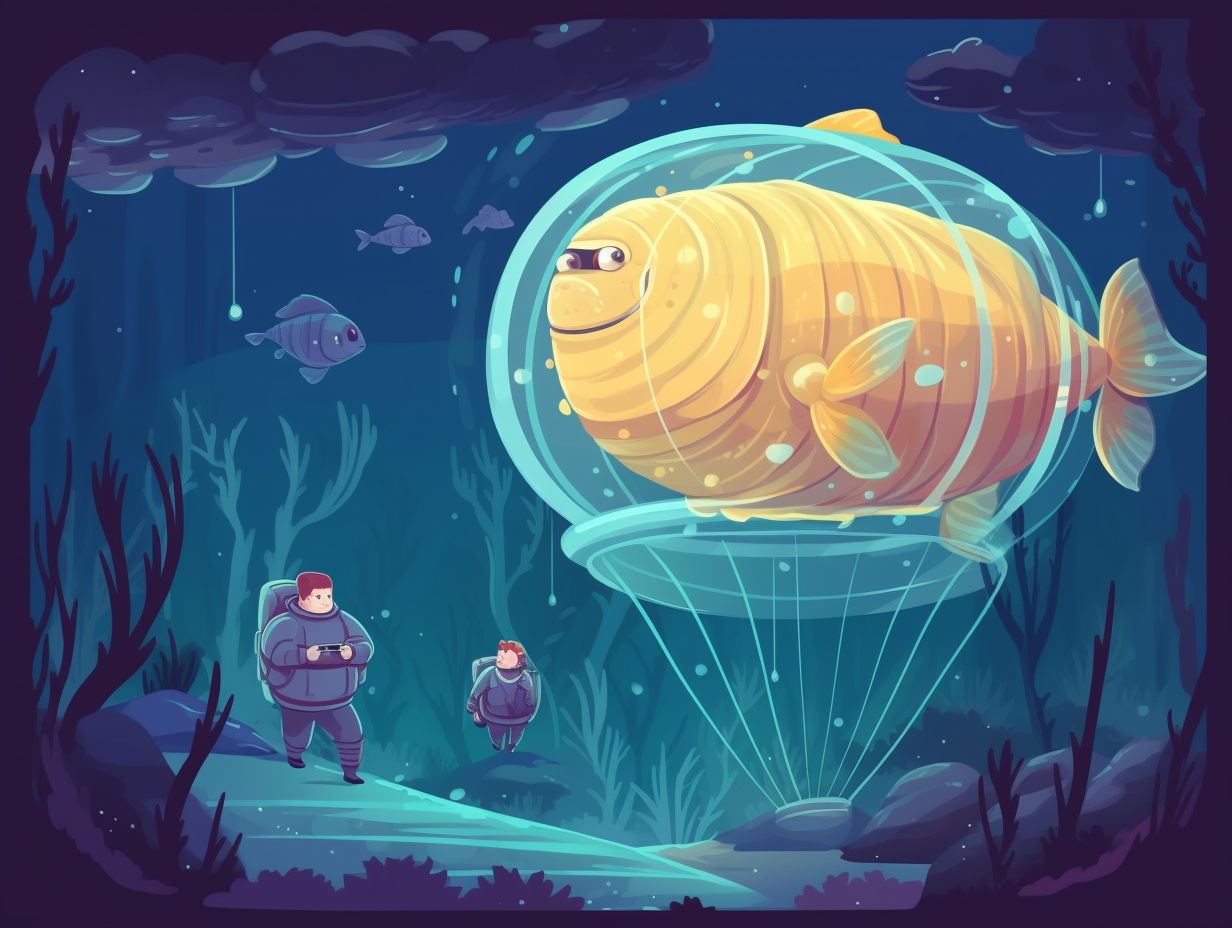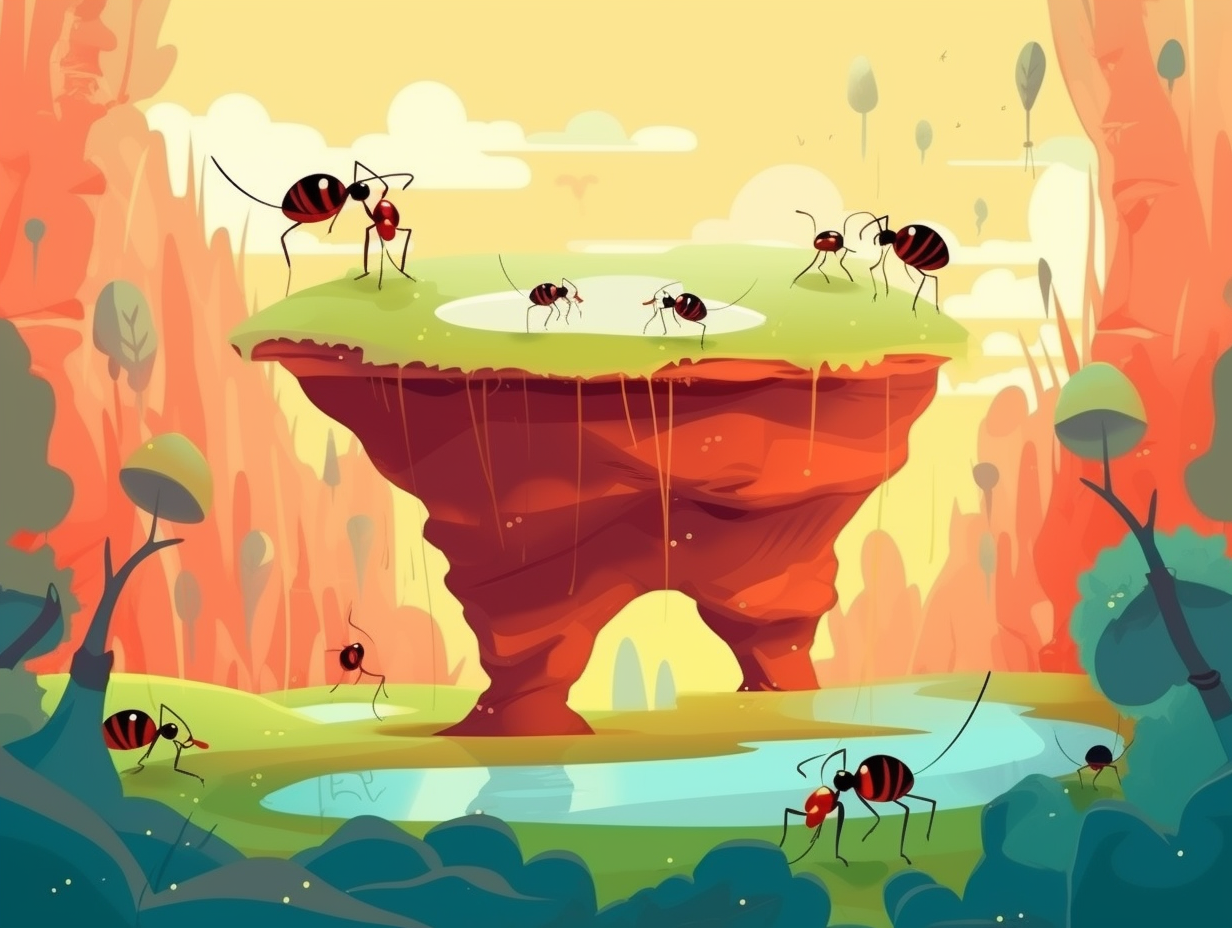Discover the Tiny Titans: Top 12 Fun and Fascinating Facts About Tardigrades!

1. Sleeping Beauties: 30-Year Dehydration Naps
When the going gets tough, the tough get… microscopic? Meet the tiny but mighty tardigrades: capable of surviving extreme temperatures, radiation, and even outer space vacuums, these water bears can pull off a Rip Van Winkle, dehydrating themselves for up to 30 years before coming back to life with just a splash of H2O. Resilience level: tardigrade!
Source => en.wikipedia.org
2. Unbearable Spacefarers: Surviving the Final Frontier
From boldly going where no water bear has gone before, to defying the wrath of Khan (#spacetravelgoals): Tardigrades not only earned the title of Earth's toughest creatures, but they also pioneered survivability in the final frontier, victoriously enduring the vacuum, freezing cold, and treacherous radiation of outer space.
Source => worldanimalprotection.org.in

Did you know water spiders create their own scuba-charged diving bells using hydrophilic silk, protein-based goo, and water-resistant hairs on their legs? Discover how these amazing arachnids stay bubbly underwater! 🕷️💧
=> Fun Facts about Water-Spiders
3. Tardigrades: Alien-Killing Vacuum Resisters
Meet the un-bear-ably tough tiny alien-killer: the Tardigrade, who can dry out like a prune, wake up from a centuries-long nap, and then hang out in space unfazed: Thanks to a specialized process called cryptobiosis, these microscopic water bears can withstand extreme temperatures between -328°F and 304°F, go years without a drop of water by curling into a dehydrated ball called a tun, and spring back to life in mere hours when rehydrated – becoming the first animal to survive the lethal radiation, vacuum, and cold of outer space!
Source => kids.nationalgeographic.com
4. Cryptobiosis: The Ultimate Houdini Superpower
Behold, the mighty tardigrade - part shrinky-dink, part superhero! These wacky water bears have a secret weapon that would make even Houdini green with envy: cryptobiosis. By transforming into a teeny, tiny "tun," these resilient critters can survive freezing, boiling, radiation, and even the cold vacuum of outer space – rehydrating and waltzing back to life years later like nothing ever happened!
Source => grow.cals.wisc.edu

5. Tardigrades: Dodging Space's Deadly Double Whammy
Move over, Superman! Tardigrades are the real indestructible superheroes, braving outer space's deadly double whammy and still living to tell the tale: Scientists have discovered that these microscopic daredevils can withstand both the vacuum of space and solar radiation, making them one of the very few creatures to pull off this seemingly impossible feat.
Source => sciencedirect.com
6. Ultimate Survivors: Laughing at Extreme Conditions
Move over, Superman and Captain America: there's a new superhero in town known as the Tardigrade, defying the laws of nature and flipping a middle finger to the toughest conditions invented. These microscopic marvels laugh in the face of temperatures as low as -272.95 degrees Celsius and pressures exceeding 40,000 kilopascals, earning them the hard-earned respect of scientists and an unofficial title of the universe's ultimate survivors.
Source => americanscientist.org
7. Hulk-Bear Baby: Gamma-Ray Withstanding Wonders
If the Incredible Hulk and a tiny gummy bear had a baby, it would be a tardigrade: These miniature marvels can withstand ridiculously high levels of gamma-ray radiation (up to 5 kGy, to be precise) and are even tougher when faced with high-LET radiation like protons and helium ions. The secret sauce behind their extraordinary radiation tolerance eludes scientists, but DNA damage avoidance and repair mechanisms seem to play a starring role.
Source => ncbi.nlm.nih.gov
8. Tardigrade House Party: Turning Up the Heat
When tardigrades throw a house party, they know how to turn up the heat: Ramazzottius varieornatus, a species of tardigrade, can survive being desiccated and exposed to high temperatures up to 70°C for short periods – in fact, 94% of specimens endure these scorching conditions for an hour, triumphantly rehydrating just 48 hours later.
Source => ncbi.nlm.nih.gov
9. Microscopic Chuck Norris: Master of Extreme Survival
Hold onto your hats, folks, for we're about to talk about the microscopic Chuck Norris of the animal kingdom, capable of taking life's curveballs like a boss: Tardigrades can withstand extreme conditions such as drought, freezing, and radiation, remaining dormant for years without water and even surviving trips to outer space! Their tardigrade-specific proteins help maintain their cells' shape in the absence of water, averting cell damage. Thanks to their seemingly superpowered abilities, scientists are investigating the tardigrades' genetic makeup to unveil the secrets of waterless survival, potentially applying their findings to medicine and biotechnology.
Source => newscientist.com

10. Tardigrades' Kryptonite: Over 100°F Weakness
Tardigrades: the tiny superheroes we never knew we needed, leaping tall buildings in a single microscopic bound and armed with cryptobiosis superpowers that could put the X-Men to shame! Seriously though: these minuscule water-dwellers can survive astoundingly harsh conditions, including extreme temperatures, dehydration, and even outer space, but they do have their weakness – a cozy temperature over 100 degrees Fahrenheit will still send them to an early grave.
Source => livescience.com
11. Avengers Assemble: Microscopic Interstellar Heroes
If the Avengers ever needed a new member, a tardigrade would be the perfect fit, thanks to their superpower-like abilities: These microscopic superheroes can endure extreme temperatures, dehydration, ionizing radiation, and even managed to survive in the vacuum of space for over a week, making them prime candidates for intergalactic missions and stellar research.
Source => ncbi.nlm.nih.gov
12. Iron Man of Nature: Astoundingly Indestructible
If you thought cockroaches were terrifyingly indestructible, meet the tardigrade, nature's unassuming Iron Man: These microscopic superheroes can withstand lethal radiation levels, extreme temperatures, and even survive the vacuum of space, sparking fascination and groundbreaking research in their wake.
Source => a-z-animals.com
Related Fun Facts




















